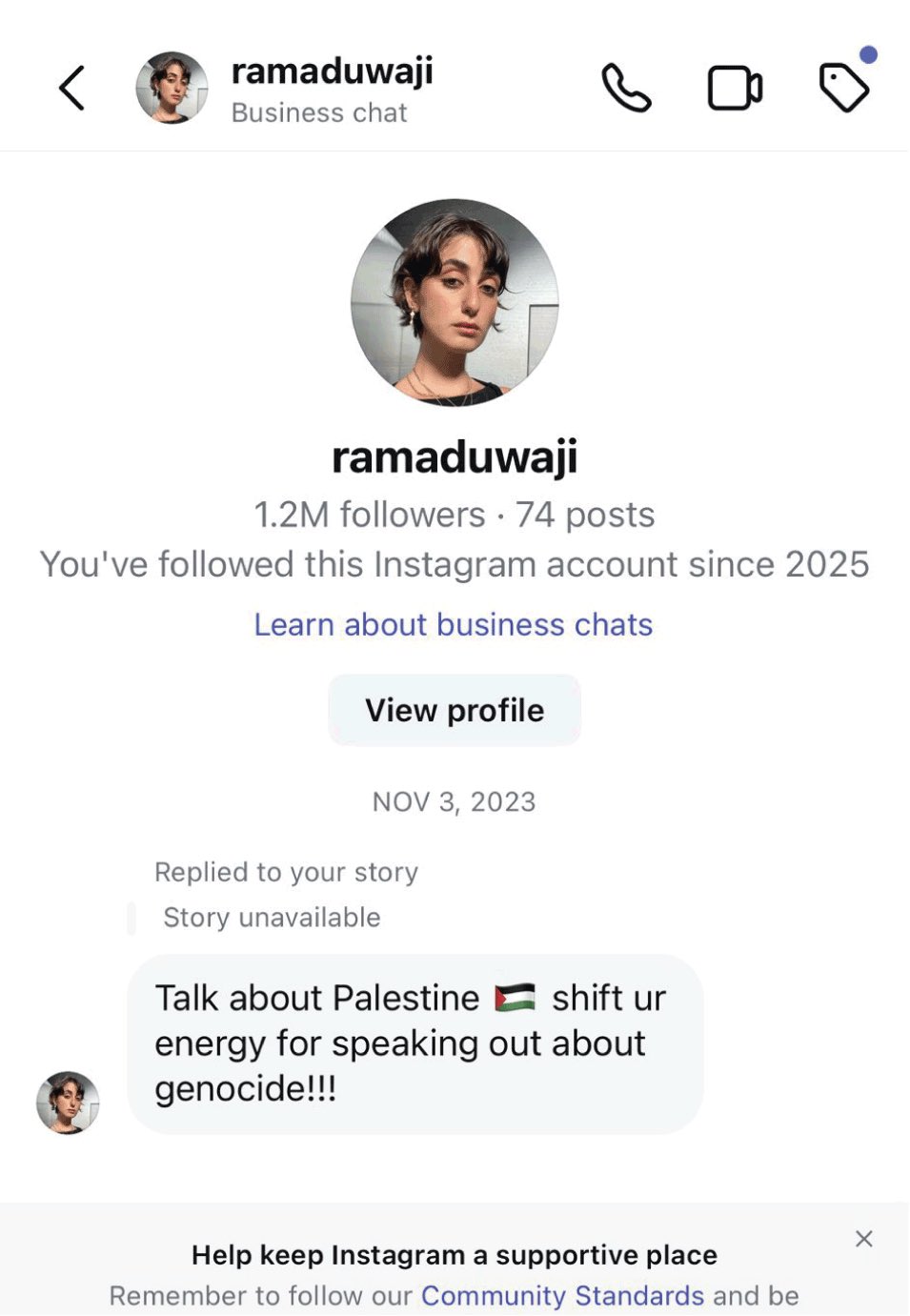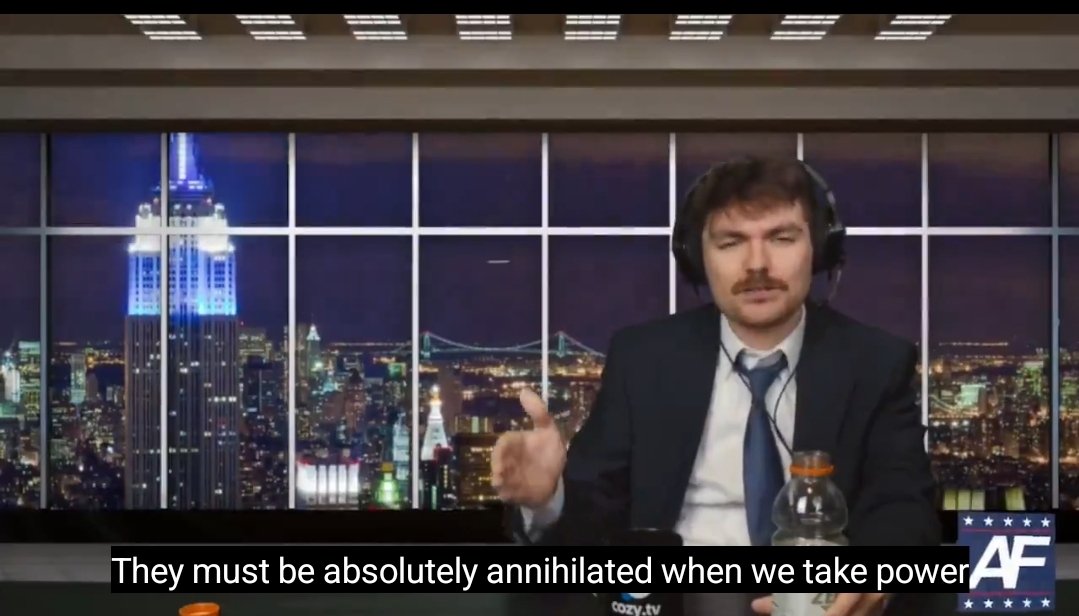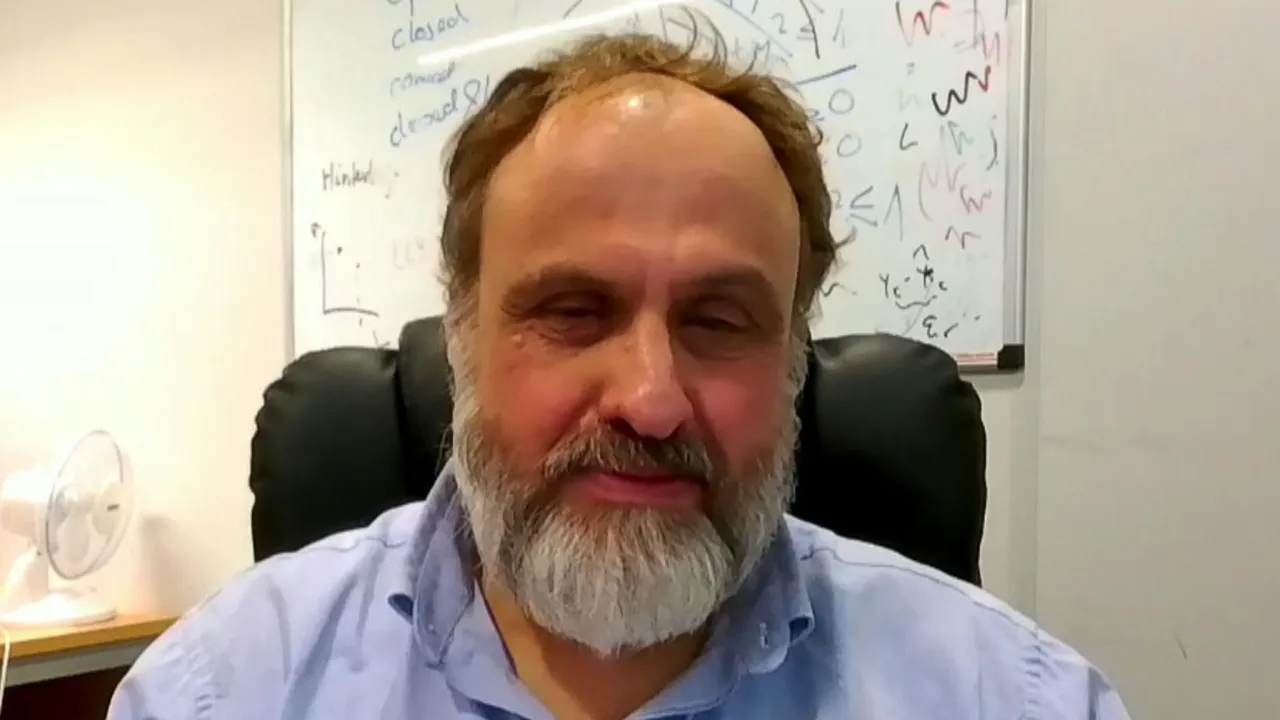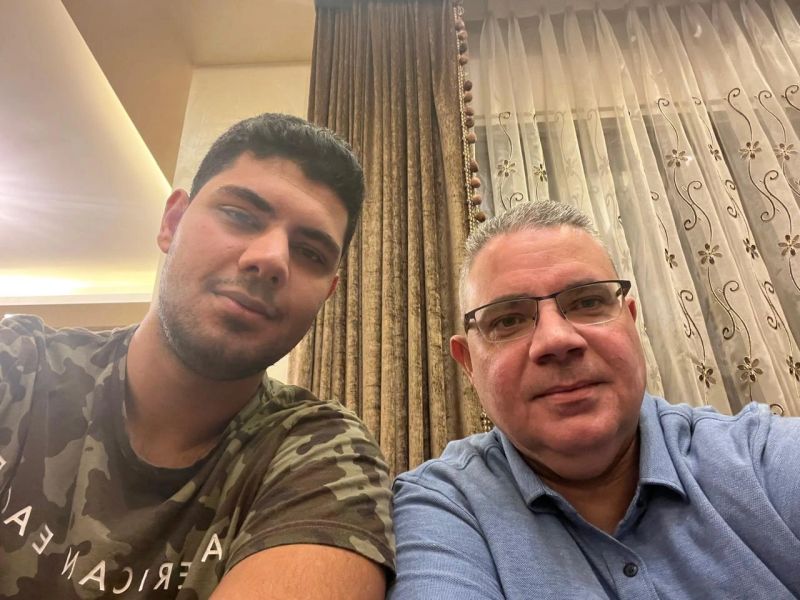By Elicia Brand
The New York Times would still have you believe it stands as a beacon of truth, a bulwark against disinformation, the last sacred refuge for journalism in a world saturated by chaos. It parades itself as morally untouchable, ethically unimpeachable, editorially unassailable. But strip away the masthead and the museum tours and the lectures on truth, and what remains is a deeply corrupted institution with blood-stained roots and a rotting core—a paper that has never been able to speak honestly when the victims are Jews or the land is Israel.
And yet, for all its cultural dominance, the Times has never reckoned with its own darkest chapter… No apology. No reckoning. No reform. Just reinvention—new faces, same betrayal.
In a grotesque act of narrative manipulation disguised as journalism, the Times ran a story featuring a frail 18-month-old Palestinian child named Mohammad Zakariya Ayyoub al-Matouq. The image chosen was unmistakably deliberate: the boy’s eyes hollow, his frame birdlike, his ribs visible under sagging skin. The framing—both photographic and rhetorical—was designed to imply that Israel had starved this child. It landed exactly where they intended it to land; on the front page, into the bloodstream of the global conversation, spreading yet another round of calibrated libel against Israel and against every Jew around the world.
But here’s what the New York Times didn’t lead with—because they didn’t want you to know it. Mohammad was not starving. He suffers from a series of congenital illnesses—cerebral palsy, hypoxaemia, a genetic muscular disorder—all well-documented, all medically verified, all completely unrelated to food access or Israeli policy. His low weight, though heartbreaking, was not the result of starvation but of a tragic, lifelong medical condition. The Times knew this. They had the information. They buried it in the text, far below the gut-punch photo, far beyond where most readers would ever see it. Because the truth wasn’t useful. Only the image was. This wasn’t a mistake. It was a script. A repeat performance from a newsroom that long ago learned how to turn Jewish pain into a footnote—and someone else’s propaganda into a headline.
The pattern is too familiar to dismiss. The names have changed, the headlines are slicker, but the instinct is the same: Jewish agony, buried; Jewish survival, criminalized. And that is the legacy of the Times. It’s not that they distort reality by accident—it’s that they have always known how to shape it.
Eighty years ago, during the Holocaust, Arthur Hays Sulzberger—then publisher of the Times and an assimilationist Jew so desperate to appear “not too Jewish”, he wouldn’t mention Jewish victims by name—buried reports of genocide on the back pages. Six million Jews were gruesomely extinguished while the Times downplayed it all, running brief, euphemistic wire reports between updates on wheat prices and foreign trade. The silence wasn’t incidental. It was intentional. It was calculated.
And today, his descendant, A.G. Sulzberger, presides over a publication that has reanimated that same moral sickness — except this time, it’s not silence that shields the murderers of Jews, but noise. It’s outrage. It’s a cacophony of half-truths, editorial framing, and selectively curated images, all working together to obscure the very real suffering of Jewish hostages — and reassign it to others more politically convenient.
While the Times was busy promoting a photo of a sick child falsely portrayed as a famine victim of Israel, a very real propaganda video emerged from Hamas, the Palestinian terrorists: a hostage named Evyatar David, 24 years old, abducted from the Nova Music Festival on October 7, appeared onscreen with sunken cheeks and haunted eyes, his voice a tremor as he described going without food for days. The camera panned to a tunnel floor where he was being forced to dig his own grave. Behind him, terrorists celebrated October 7 as a moment of triumph, grinning, feasting, filming their prey for propaganda.
Evyatar David was not born sick. He was made sick—by starvation, torture, and psychological abuse inflicted by Hamas. He is one of 116 hostages still being held nearly 700 days later. Many of them, we now know, have died. Some were executed. Others have simply vanished. Among the remaining, there may still be women being raped, children held in cages, elderly people being kept alive just long enough to serve as bargaining chips. This is the horror. This is the reality. And the New York Times doesn’t lead with it.
Why? Because that’s not the story they want to tell.
The modern Sulzberger editorial machine doesn’t flinch at Jewish pain—it filters it out. It doesn’t interrogate Hamas propaganda—it amplifies it. It doesn’t challenge the fashionable antisemitism of the progressive elite—it prints it. And it does all of this while hiding behind the pretense of journalistic integrity, as if their carefully constructed framing isn’t itself the most dangerous form of misinformation in circulation today.
This isn’t just about Jews. It’s about an institution that now decides pain by popularity—where Jewish suffering gets paved over, and jihadist propaganda gets top billing. If they can erase Jews, they can erase anyone who still believes in America. Let’s be clear: the Sulzbergers don’t merely tolerate this. They sponsor it. They insulate the newsroom from accountability. They protect the narrative over the facts. And they are not indifferent bystanders to their publication’s slide into moral decay—they are its architects.
There is something especially grotesque about a family with this history—one that once made the editorial decision to let Jews die in silence—now choosing to gaslight the world by erasing Jewish suffering and recasting Jewish survival as a crime. They aren’t just complicit in today’s antisemitic fervor. They are feeding it. They are profiting from it. They are professionalizing it. They are, in every meaningful way, merchants of modern blood libel.
And no, it is not 1943 anymore, when the Times could get away unchallenged.
We have the photos. We have the videos. We have the hostage names and the hunger-stricken faces. We have the headlines. We have the bylines. We have the screenshots, the print archives, the clips, and the receipts. And the Sulzberger name—once synonymous with media power—now stands for something else entirely: a dynasty of deceit, cloaked in prestige, fueled by cowardice, and funded by the normalization of Jewish hate.
Every hand that green-lit that story about Mohammad pushed the dagger in just a little further. Every ad buyer who bankrolls the Times props up this machine. Every staffer who stays silent while the paper gaslights the Jewish dead and disappeared is complicit.
Back then, it was a business decision. Today, it’s a brand.
The Times isn’t failing Jews. It’s targeting them.
Today it is Jews, tomorrow it is anyone who won’t kneel to the new orthodoxy—where terror is rebranded as resistance, and American values are quietly exiled from the New York Times newsroom itself.
Elicia Brand is the president and founder of Army of Parents, a national nonprofit defending children, families, and American values in education and culture. She is a Loudoun County advocate, Jewish mother of three, and a relentless voice against antisemitism, media distortion, and political cowardice.









One Response
Superbly written, an important voice against Jew Hatred and prejudice.